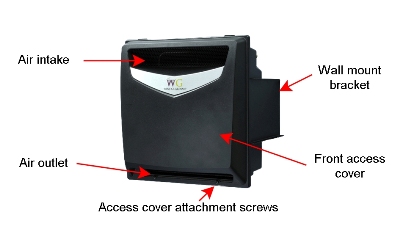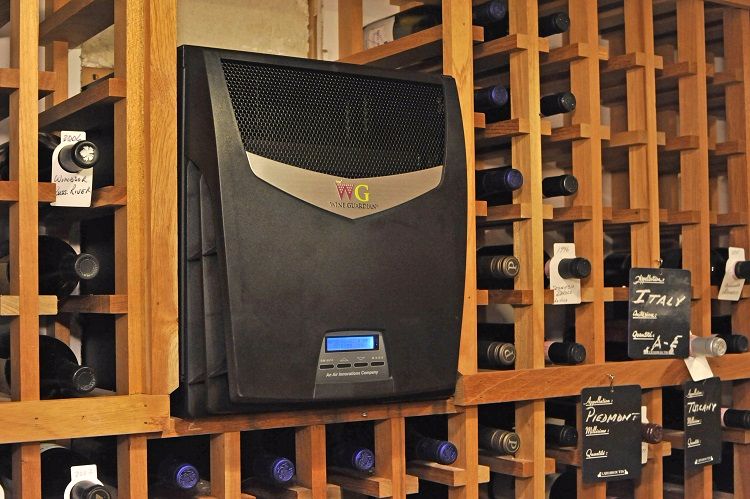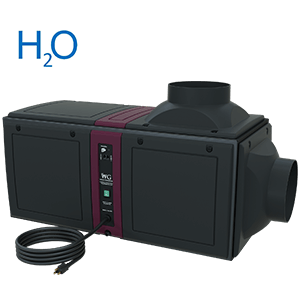To learn everything there is to know about wine cellar cooling units, visit our Wine Cellar Cooling Units Ultimate Guide.
Temperature and Humidity

Ideal conditions in a wine cellar include a temperature of approximately 55 degrees Fahrenheit and a relative humidity of about 60%. These conditions are extremely important--too low of a temperature stops the aging process, while too high spoils the wine. Too-high humidity leads to mold growth and peeling labels, while too-low levels will dry out your corks and crack your labels. Standard refrigerators are designed to keep things much too cool, while air conditioners are designed to keep things much warmer than is appropriate for wine aging. Therefore, a designed-for-wine system like Wine Guardian wine cellar cooling systems is necessary to store wine for long periods. For more information on ideal wine aging conditions, see our detailed articles on the science of wine aging and humidity and humidification in wine cellars.
There are two common types of temperature sensors for wine cooling units: wall mounted sensors and bottle probe thermometers. While it would seem ideal to measure the exact temperature of the wine inside the bottle, as with a bottle probe, in reality this can lead to problems. Cooling units operate within a range, turning on when temperatures reach the top of the allowed range and shutting off when they reach the low end. With a wall sensor, the cooling system turns on and off with the air temperature fluctuations. Inside the bottles, however, the liquid is insulated by glass and therefore does not change temperatures as quickly (liquids also fluctuate more slowly than air even when not contained in bottles). If the cooling unit were running off the information from a bottle probe, the temperature inside the bottles would have to fluctuate by a few degrees before the cooling unit starts or stops. Bottle probes can lead to more efficient cooling unit operation, but the tradeoff may be increased temperature fluctuation in your bottles.
Types of Installation
There are three major types of cooling units: Through the Wall, Ducted and Split Systems.

Through the wall units are one of the most common and least expensive types of cooling unit. They are self-contained, easy to install and generally very reliable. However, since all parts of the system are right there in your cellar, they may be louder than other options. Care must be taken with placement so that the best airflow can be maintained. Through the wall systems are not suitable for the largest cellars. We carry Wine Guardian Through the Wall systems for up to 850cf or up to 1500cf.
Ducted Systems are very versatile both in terms of installation and in their ability to cool a wide range of cellars. With a ducted system, all you will see inside the cellar are grilles, which are ducted to the self-contained cooling unit in a remote location. This makes for a clean look inside the cellar and reduced noise. We carry a range of Wine Guardian Ducted wine cellar cooling systems.
Split Systems have the condenser and evaporator separated and are used when the condenser must be placed outside or when other systems are not feasible. They require a heating/cooling professional to install.
What Size Unit Do I Need?
Factors to consider include the cubic feet of the cellar, the number of bottles, the type of wine racking used, the amount of insulation in the cellar, the number, size and type of windows and doors, temperature in nearby areas and how often doors are opened, lighting type and other factors depending on your individual situation. It is highly recommended that you consult an expert to determine the size of cooling unit you need for your unique situation. Call us at 1-800-876-8789 for expert assistance.

When to consider a Wine Guardian Water-Cooled wine cellar cooling system: Water-cooled systems are used for large-scale wine cellars where it is difficult or impossible to duct warm air away from the cellar and the noise of a condenser is unacceptable. Water-cooled wine cooling systems are a good option if the location has access to ample water such as from a well, lake or pool and it may be possible to save some energy by using the heated water for another purpose.
Noise Levels
Through the wall and split systems both require mechanical equipment inside the cellar, so they are likely to be noisier. Fully ducted systems place all mechanical parts in a remote location so are generally the quietest systems. Noise may be an issue inside or outside of your cellar, so consider carefully where you want to place the mechanical components of your cooling unit. In all cases, ducting the warm condenser air away from the cellar will reduce noise.
Installation Tips
Mount your supply and return air grilles to maximize cooling power. Cool air will tend to sink, and hot air will tend to rise, so it is recommended that both grilles be placed high in the cellar for maximum airflow and efficiency while maintaining constant temperature.
Before you consider installing a cooling system, make sure that you have properly vapor-barriered, sealed and insulated your wine cellar and selected appropriate well-insulated and sealed wine cellar doors.
Benefits of Wine Guardian Cooling Systems
Wine Guardian cellar cooling systems come equipped with safety features designed to ensure that they don't over cool or excessively dehumidify the air in your wine cellar. Wine Guardian designs extremely high-quality systems that are suitable for a wide range of home and commercial wine cellar applications. They offer the option of adding a heating coil, a necessity in colder climates. Wine Guardian systems are also easy to install and come with a superior warranty. Contact Us or call our wine cellar experts today for assistance in selecting a Wine Guardian cooling system: 1-800-876-8789.
If you want to learn all about wine cellar cooling units, click to our Wine Cellar Cooling Units Ultimate Guide.




